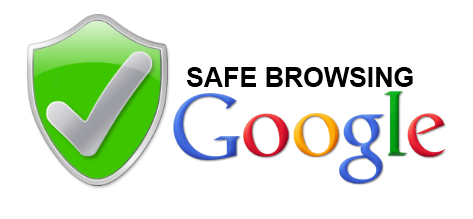
Google is expanding its safe browsing technology to notify Web users of downloads that appear benign, but actually make unwanted changes to their computers.
Starting next week, the company’s safe browsing service will identify more types of deceptive software on the Web, Google said Thursday:
http://googleonlinesecurity.blogspot.com/2014/08/thats-not-download-youre-looking-for.htmlThe company is homing in on programs that claim to be helpful downloads, but end up making unexpected changes to a computer like switching the homepage or other browser settings, Google said.
Sometimes referred to as a PUP, or potentially unwanted program, this type of software can come bundled with free applications. But it may end up doing more than is advertised, sometimes running processes in the background or creating pop-up ads.
Google said it would show a warning in Chrome whenever an attempt is made to trick a user into downloading and installing such software, and block it. If they want, people can still access the software from their downloads list.
Google created its safe browsing service in 2006 as a way to identify unsafe websites, malware and phishing attempts, and warn users and webmasters about them:
https://developers.google.com/safe-browsing/ Google checks URLs against a constantly updated list of suspected phishing and malware pages, testing the questionable sites using a virtual machine to see if the machine gets infected.
With the technology, more than 3 million warnings are shown per week, Google says. The company claims to have had “very few” false positives:
http://www.google.com/transparencyreport/safebrowsing/faq/?hl=en#how-do-you-determine-that-a-site-is-unsafeIn addition to Google’s Chrome, the service is also used by Mozilla Firefox and Apple Safari. Google did not immediately respond to clarify when those browsers would begin to recognize the enhancements.
(PCW)
 Total Members: 14197
Total Members: 14197 Latest: Levine
Latest: Levine Total Posts: 43431
Total Posts: 43431 Total Topics: 16526
Total Topics: 16526 Online today: 2929
Online today: 2929 Online ever: 51419
Online ever: 51419 Total Members: 14197
Total Members: 14197 Latest: Levine
Latest: Levine Total Posts: 43431
Total Posts: 43431 Total Topics: 16526
Total Topics: 16526 Online today: 2929
Online today: 2929 Online ever: 51419
Online ever: 51419